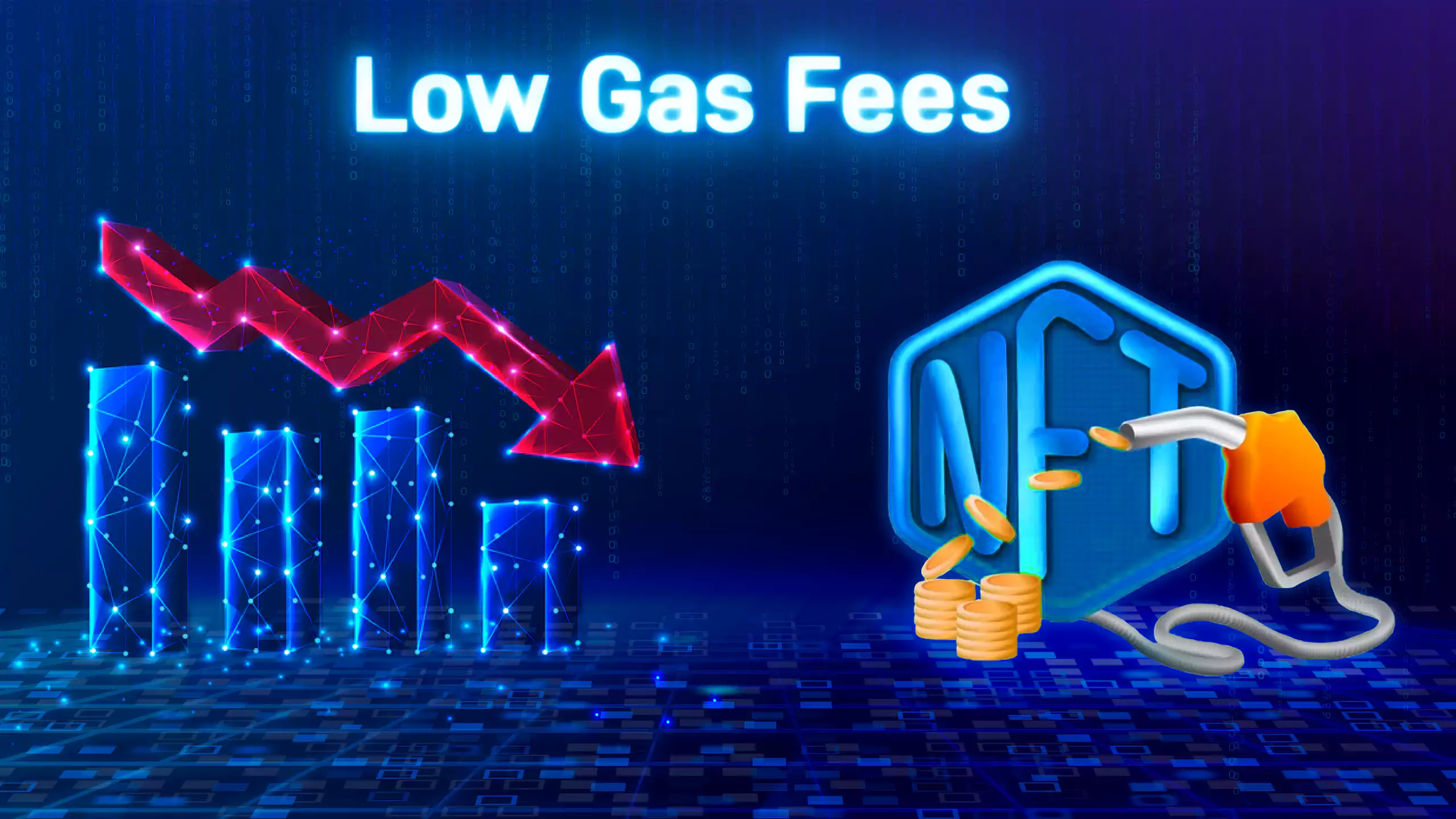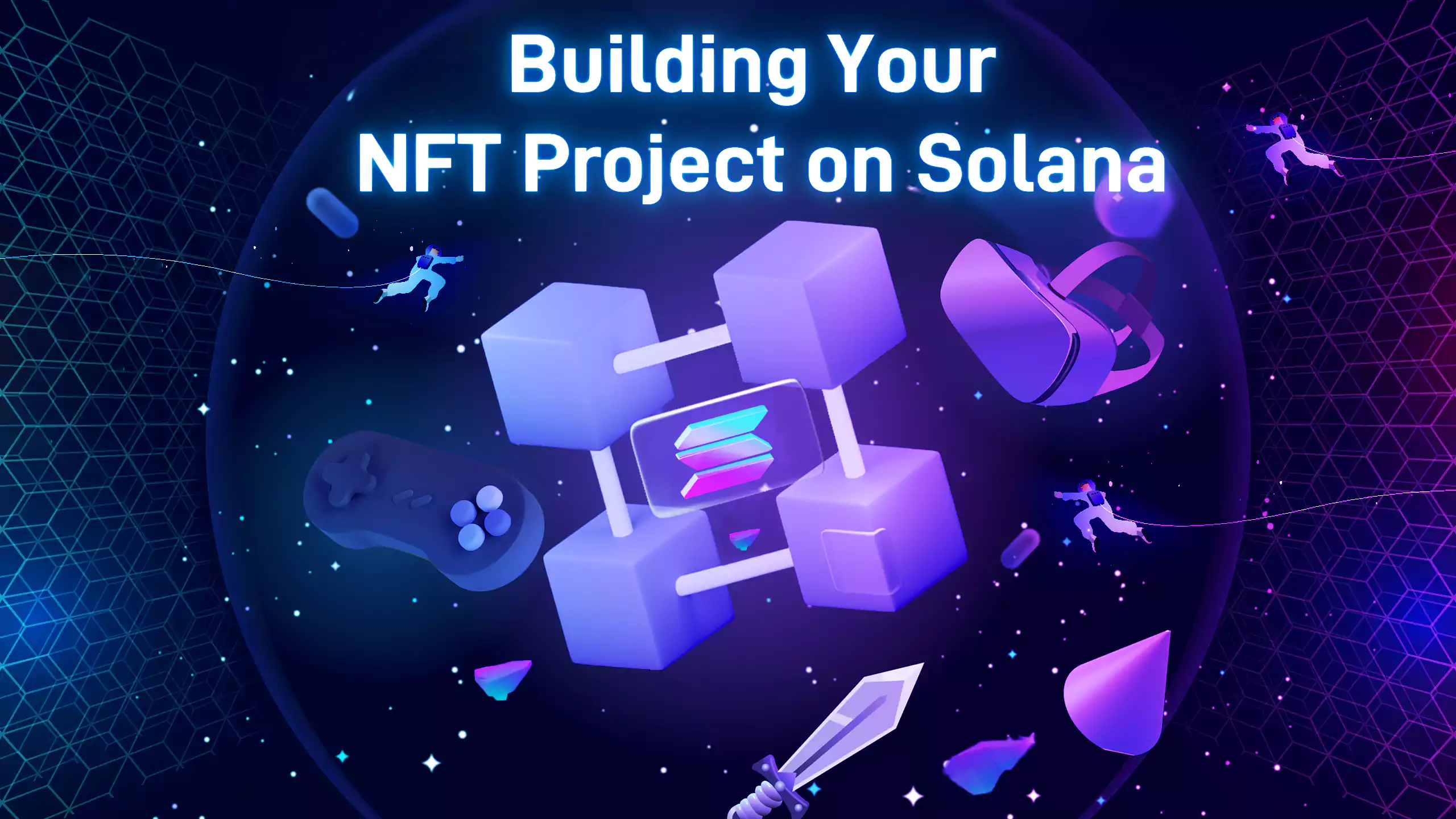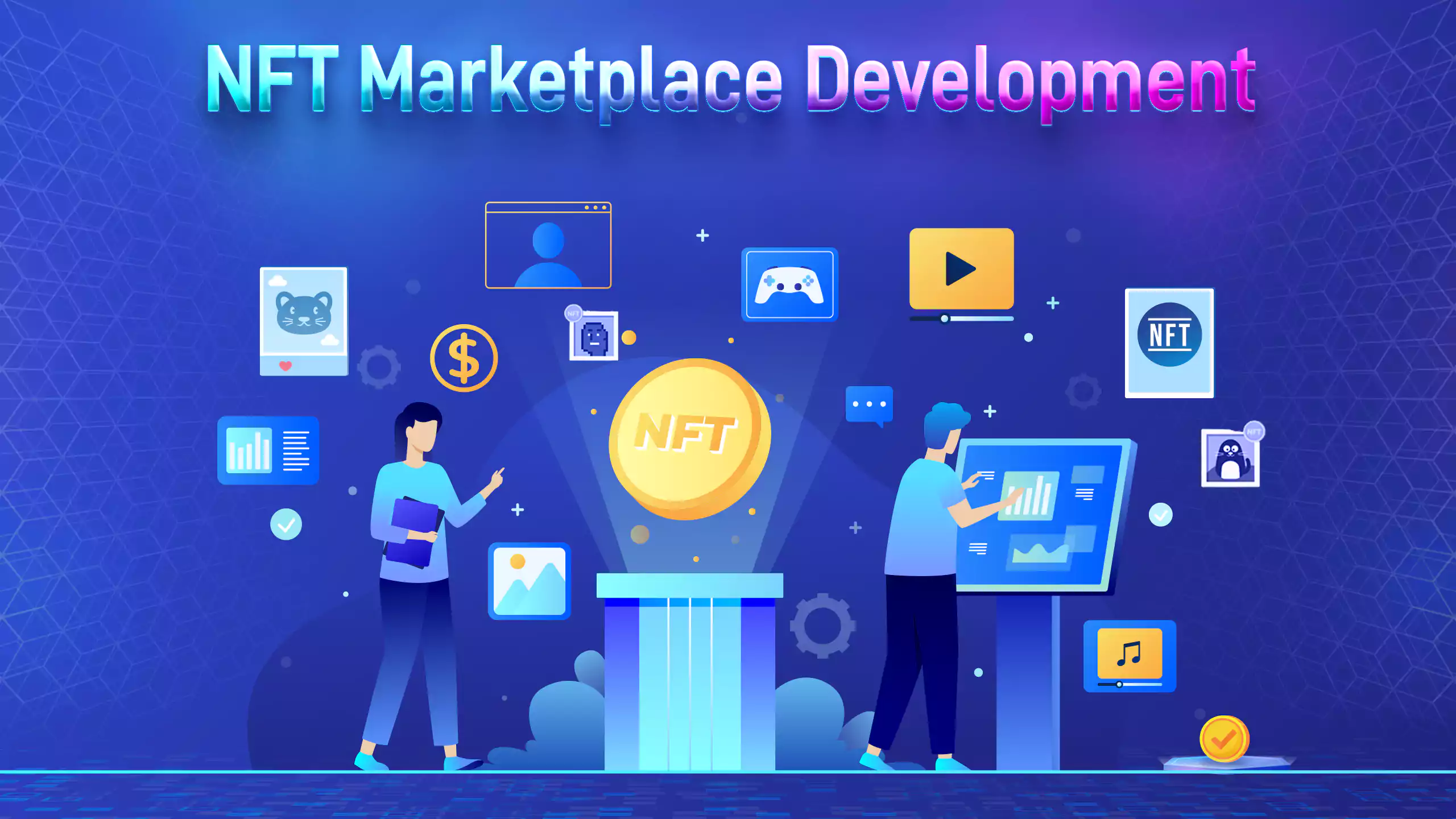As the world explored the blockchain industry, non-fungible tokens (NFTs) started to gain popularity in 2021. As Bitcoin maintains its leadership on the blockchain, retail investors keep looking for the next cryptocurrency to explode or the savviest niche to explore.
From altcoins to Initial Coin Offerings (ICOs) in 2017 and Decentralized Finance (DeFi) in 2020, investor interests piqued at various opportunities. And in 2021, the minting and trading of NFTs took over like a swift gold rush. The fundamentals of NFTs prove that they may last for a long time. However, with uncertainties bound on the blockchain, many are looking to mint and trade on platforms with low gas fees to tread carefully and get the most out of their investments.
What are NFTs?
NFTs are unique digital assets or collectibles having unique metadata on the blockchain. Art, music, videos, tweets, digital lands, and anything else can become an NFT and be traded as ownership tokens. The concept of scarcity creates public interest as NFTs create the value investors may place on them. NFTs also have utilities that are often offered, increasing their value in the marketplace. In 2021, the market value of this new industry climbed over $40 billion.
Where Can I Buy and Sell NFTs?
Analogous to traditional marketplaces offline where traders and buyers meet to exchange goods and services, NFT marketplaces are digital platforms for storing, trading, displaying, and minting (or creating) NFTs. Several NFT marketplaces exist, many of which are built for specific niches and others focused on general collectibles. The most popular is Opensea, which hosts every type of NFT, including pictures, sports collectibles, and music.
Many NFT marketplaces are developed on the Ethereum blockchain, including popular Opensea, Rarible, Nifty Gateway, and SuperRare. However, Ethereum is very expensive to use today due to the high rate of gas fees charged to users, robbing many of the ability to make low-value transactions with ease. Because of this, users are looking towards other options for fluid transactions to get their money's worth.
What Are Gas Fees?
The average gas fee on the Ethereum protocol is about $46. Gas fees are simply miners' rewards for building the blockchain blocks or transactions and executing those transactions. They are payments that users make as compensation for validating their transactions on the Ethereum blockchain.
Users must pay these fees before performing any function on the network, including sending money from the user's wallet to the user's exchange account or sending tokens from one wallet to another. Often, the gas fees necessary for creating an NFT on the Ethereum blockchain turn out to be higher than the price of the NFT minted.
The gas prices typically shoot up when many transactions occur, as more people join the protocol and it becomes congested. The more ETH (Ethereum's native coin) appreciates, the higher the gas fees on the network.
During what is now known as the "DeFi summer", the period in 2020 when decentralized finance bubbled into success, making many investors wealthy in a short time, the gas prices of Ethereum spiked. It was also the case with the ICO in 2017. Today, other protocols have emerged with propositions of lower gas fees and more transactions per second or throughput.
It is worth mentioning that Ethereum's gas prices are high due to its demand/utility as many Dapps (decentralized applications) operate on the Ethereum blockchain. Therefore, lower gas fees may reflect less traffic and a reduced volume of transactions on the protocol and fewer DApps operating. However, protocols like Cardano and Solana led this offering and took the market by storm.
Where Can NFTs be Minted with Low Gas Fees?
In light of the exorbitant costs associated with minting and trading NFTs on the Ethereum blockchain, we'll take a look at other Ethereum alternatives and various blockchain platforms available that you can use to mint and trade NFTs with low gas fees.
Solana (SOL)
The Solana protocol has NFT marketplaces that use the proof-of-stake (PoS) method to enable very fast transactions at low transaction fees. Solsea and Magic Eden are two of its most well-known marketplaces, and the protocol allows for scalable DApps to be built from anywhere in the world. As a major competitor of the Ethereum blockchain, Solana processes 50,000 transactions per second for $0.00025 per transaction.
Polygon (MATIC)
Polygon is a Layer 2 protocol built directly on Ethereum, giving it all of Ethereum's features and more. In addition, the protocol can handle over 65000 transactions every second on just a single side chain, with far cheaper fees (its fees are over 1000 times lower than those of the Ethereum network).
Cardano (ADA)
To increase scalability and sustainability, Cardano addresses the limitations of proof-of-work (PoW) networks, such as high energy consumption and slow transaction times. It does this as a third-generation platform, an upgrade from Ethereum, still in its second generation. The ouroboros algorithm of the protocol reduces energy consumption when mining blocks and effectively implement the proof-of-stake method.
Where can I Mint and Trade NFTs without Gas Fees?
Your NFTs can be minted and listed for sale on the Opensea NFT marketplace using the Polygon network. You can also use the Mintable NFT marketplace without paying gas fees. Terms and conditions apply to these. NFTs are minted and listed for sale by following the steps below:
- Choose a marketplace
- Create a wallet for your cryptocurrency
- Connect the wallet to your chosen marketplace
- Upload the digital item/artwork you wish to trade
- List your NFT for sale
Conclusion
NFT has become so popular that one ought to spend to gain. For some, the fees required may cost an arm and a leg, and others might give up altogether. However, the NFT industry is the future of art, entertainment, and trade in general, as a binding digital certificate promoting demand is sure to rake in money and value. In navigating through NFT marketplaces, investors must consider the pros and cons, terms and conditions binding marketplaces with low gas fees and those with high gas fees before making a decision.






